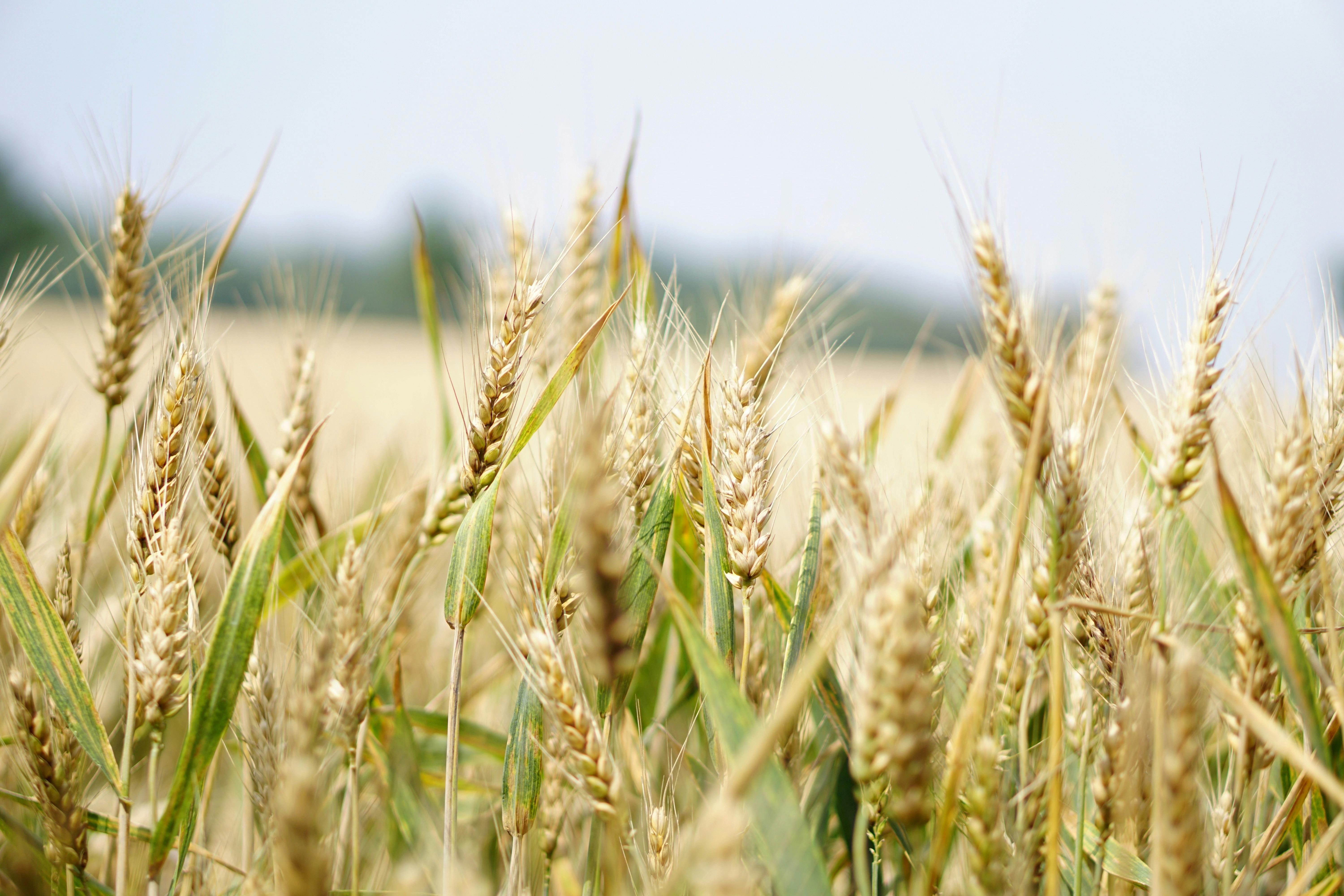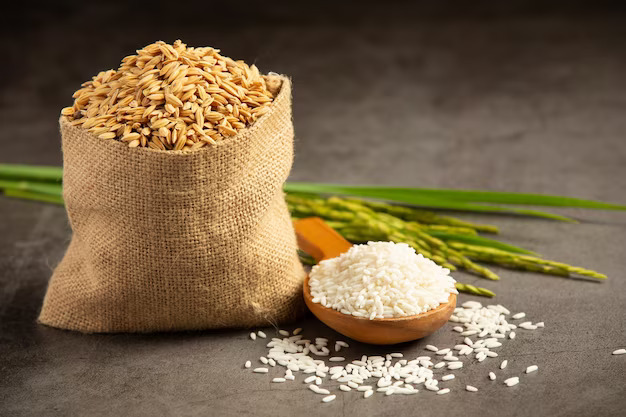Rabi Season: A Season of Prosperity for Farmers
06/10/2023
India’s diverse climate gives birth to various agricultural seasons, each with its unique significance. One of these seasons is the Rabi Season, which typically falls from November to April. Rabi, which means “spring” in Arabic, is aptly named as it corresponds to the winter months when crops are sown and harvested during the spring season. This season plays a pivotal role in India’s agricultural calendar, and farmers greatly benefit from the cultivation of various crops during this time. In this blog, we will explore the significance of the Rabi season and how it benefits farmers through crop production.
Key Crops of the Rabi Season
The Rabi season is known for the cultivation of various crops that thrive in the cooler months. Some of the key crops grown during this season include:
a. Wheat: Wheat is the most prominent Rabi crop in India and is a staple food for millions. States like Punjab, Haryana, Uttar Pradesh, and Madhya Pradesh are major wheat-producing regions. The Rabi season provides the ideal conditions for wheat cultivation, resulting in a significant boost to India's food security.
b. Barley: Barley is another vital Rabi crop grown in regions with cooler climates. It is used for various purposes, including food, fodder, and the brewing industry. Rajasthan, Uttar Pradesh, and Madhya Pradesh are major barley-producing states.
c. Mustard: Mustard is a key oilseed crop cultivated during the Rabi season. It provides edible oil and is grown in states like Rajasthan, Uttar Pradesh, and Madhya Pradesh.
d. Gram (Chickpeas): Chickpeas are rich in protein and a popular pulse crop during the Rabi season. They are grown in states like Madhya Pradesh, Rajasthan, and Uttar Pradesh.
e. Lentils: Lentils are another important pulse crop, providing a valuable source of protein. They are cultivated in various Rabi-producing states across India.
Benefits to Farmers
The Rabi season brings several benefits to farmers, making it a crucial part of India's agricultural calendar:
a. Diversified Income: The cultivation of different crops during the Rabi season diversifies farmers' income sources. This helps reduce the risk associated with mono-cropping and provides a more stable financial foundation.
b. Improved Soil Health: Rabi crops often have deep root systems, which help improve soil structure and nutrient content. This enhances the fertility of the soil for subsequent seasons.
c. Water Utilization: Rabi crops typically require less water than Kharif crops, making efficient use of available water resources. This is especially important in regions with limited water availability.
d. Enhanced Food Security: The production of staple crops like wheat and barley during the Rabi season contributes significantly to India's food security. It ensures a consistent supply of essential grains throughout the year.
e. Livestock Feed: Some Rabi crops, like barley and chickpeas, are used as fodder for livestock, supporting the dairy and animal husbandry sectors.
f. Crop Rotation: Rabi crops fit well into crop rotation cycles, reducing the risk of pests and diseases and improving overall crop health.
Challenges Faced by Farmers
While the Rabi season offers numerous benefits, farmers also face challenges, including:
a. Weather Variability: Unpredictable weather patterns, including untimely rainfall or frost, can damage Rabi crops.
b. Input Costs: The cost of inputs like seeds, fertilizers, and pesticides can be a burden on farmers, affecting their profitability.
c. Market Price Fluctuations: Farmers are often vulnerable to price fluctuations in the market, which can impact their income.
The Rabi season is a crucial period in India's agricultural calendar, bringing prosperity to farmers through the cultivation of various crops. It not only supports food security but also enhances soil health, diversifies income sources, and promotes efficient water use. While challenges exist, the benefits of the Rabi season make it an essential part of India's agriculture, contributing significantly to the nation's economy and the well-being of its farmers.
Categories
Related Blogs
Ultimate Guide to Wheat Production in India
18/03/2024
Top 5 Most Profitable Crops in India
09/10/2023









